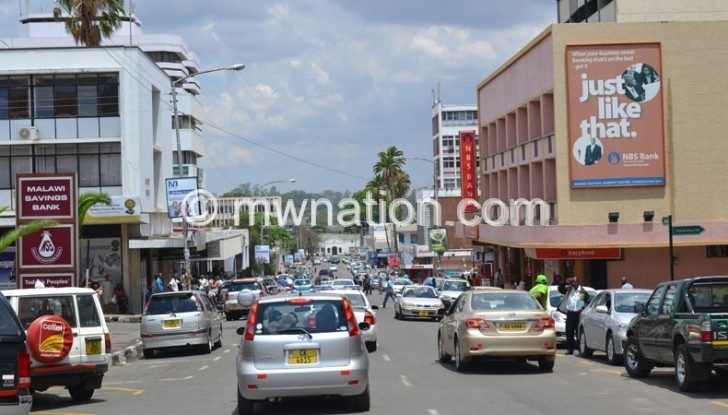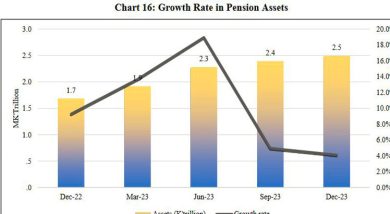Dealers explain bank liquidity squeeze
Financial Market Dealers Association of Malawi (Fimda) president Mclewen Sikwese says commercial banks are facing liqudity squeeze largely largely due to the kwacha liquidity withdrawals from the market through sales of foreign exchange by the Reserve Bank of Malawi (RBM) to the market.
He said in an e-mail response on Tuesday that this is also heightened by the growth in domestic borrowing by the central government.

Fimda’s explanation comes on the back of figures from RBM showing that commercial banks are struggling with liquidity challenges, with daily excess reserves averaging negative K80.2 billion in the week ending September 10 from negative K54.20 billion the prior week.
The figures contained in the weekly market development report for the RBM also show that access to the Lombard facility—a discount window borrowing for stressed banks—in tandem with the prevailing liquidity conditions, daily average access on the Lombard window increasing to K97.4 billion from K81.7 billion recorded during the previous week.
Said Sikwese: “An excess of K60 billion has been withdrawn from the market through sales of foreign exchange by the central bank while there is a gap of more than K300 billion between Treasury maturities and new issuances. These two factors have ensured declining liquidity levels in the market.”
He said the biggest primary impact of tightening liquidity in the market is the inability of the government to adequately fund itself through issuance of treasuries and resultant pressure for the authorities to pay up on the little liquidity that is available in the market.
“Further tightening of liquidity in the market will limit the capacity of banks to extend credit to private sector companies and individuals that is likely to also push up the cost of credit issued by banks,” said Sikwese.
He said what is key is the approach that will be adopted by monetary authorities in managing the tightening liquidity conditions, considering that there is a substantial amount of reverse repos that anchor the market, adding that RBM’s short to medium-term plan in managing these exposures will define future state of the market’s liquidity.
The RBM report shows that borrowing between banks has also reflected the tightness of liquidity conditions as it increased to an average K22.9 billion per day from K10.6 billion per day recorded during the week ending September 3.
Bankers Association of Malawi chief executive officer Lyness Nkungula in an e-mail response admitted that commercial banks are struggling with liquidity challenges, but indicated that the extent of the pressure varies from bank to bank and could be temporary.
She said: “The liquidity squeeze is largely a result of withdrawal of reverse repos. The phenomenon is not unusual and usually temporary as it reflects balance sheet management decisions made by the central bank [for monetary policy purposes] and banks [for business and liquidity management purposes].
“At the end of the day, there are instruments used in the industry to manage the short-term funding gaps.”
In response to market developments in view of Covid-19, RBM last year introduced some measures to incentivise banks .
The central bank pushed the liquidity reserve requirement—percentage of total deposits that commercial banks are mandated to hold as deposits with the central bank— down by 125 basis points to 3.75 percent.
Further, the RBM also cut the Lombard Rate— the rate at which commercial banks borrow from the central bank— by 50 percent to 0.2 percentage points above the policy rate, effectively reducing the cost of funds for commercial banks.
RBM Governor Wilson Banda said at the last Monetary Policy Committee meeting that the central bank will continue to take measures that will ensure economic recovery.
Meanwhile, the RBM maintained the policy rate at 12 percent to make borrowing cheaper and the Lombard rate at 20 basis points above the policy rate to reduce the cost of funds for commercial banks





